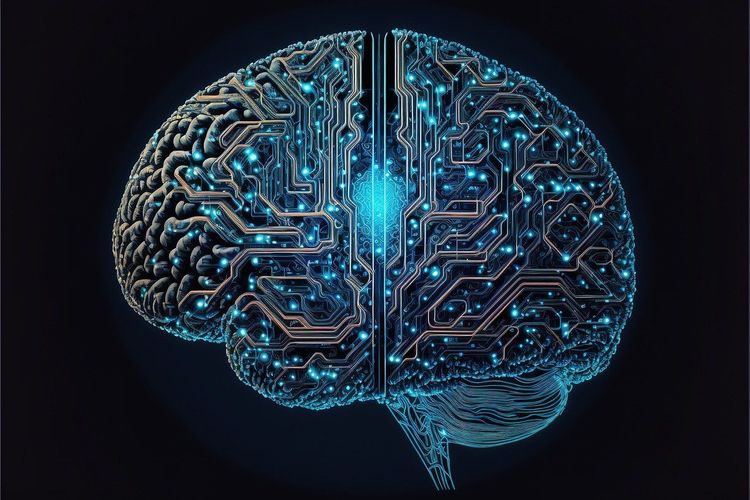Despite the challenges encountered in the 5G smartphone market, Intel continues to advance its Loihi "neuromorphic" deep-learning chips, which are inspired by the human brain. The latest innovation, codenamed Pohoiki Beach, features 64 Loihi chips that simulate 8 million neurons. This powerful system processes AI algorithms up to 1,000 times faster and operates 10,000 times more efficiently than traditional CPUs. It has applications in autonomous driving, robotic skin, prosthetic limbs, and more.
The Loihi chips are housed on a "Nahuku" board, accommodating 8 to 32 chips each. Pohoiki Beach comprises multiple Nahuku boards and can connect seamlessly with Intel's Arria 10 FPGA developer kit. This advanced system excels in neural-like tasks such as sparse coding, path planning, and simultaneous localization and mapping (SLAM). In simpler terms, these algorithms are essential for autonomous vehicles, indoor mapping for robots, and effective sensing systems.
For example, Intel has demonstrated that Pohoiki Beach enhances the adaptability of certain prosthetic legs, powers object tracking with efficient event cameras, provides tactile feedback for an iCub robot's electronic skin, and even automates a foosball table. Remarkably, the Pohoiki system matches the performance of GPU and CPU-based systems while consuming significantly less power—an important factor for self-sufficient autonomous vehicles.
As noted by Rutgers professor Konstantinos Michmizos, "We benchmarked the Loihi-run network and found it to be equally accurate while consuming 100 times less energy than a widely used CPU-run SLAM method for mobile robots." Intel plans to scale the Pohoiki Beach system to tackle more complex challenges, with an upgraded version set to launch later this year featuring over 100 million neurons. The question remains whether Intel will thrive in the competitive AI hardware landscape.





